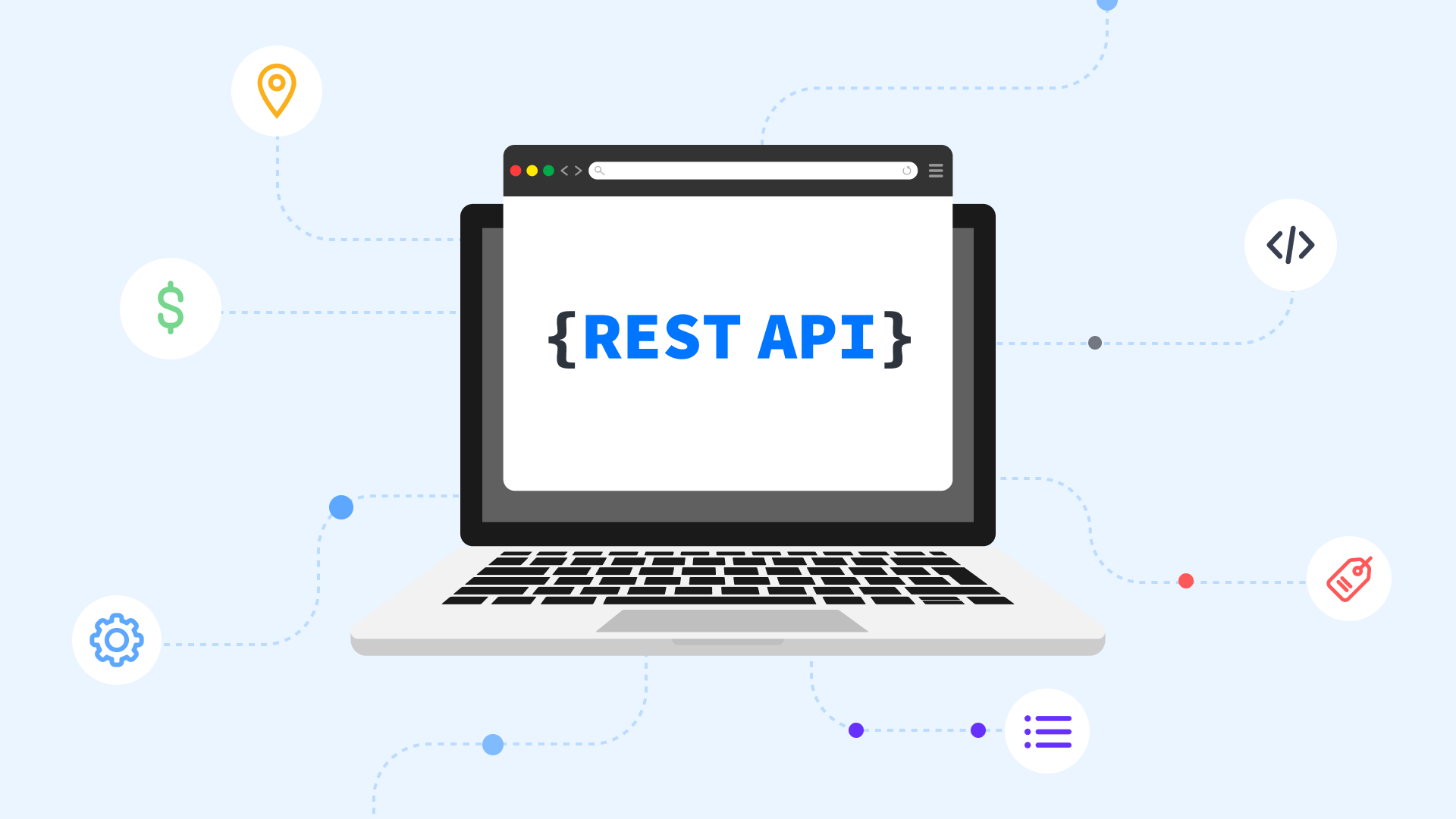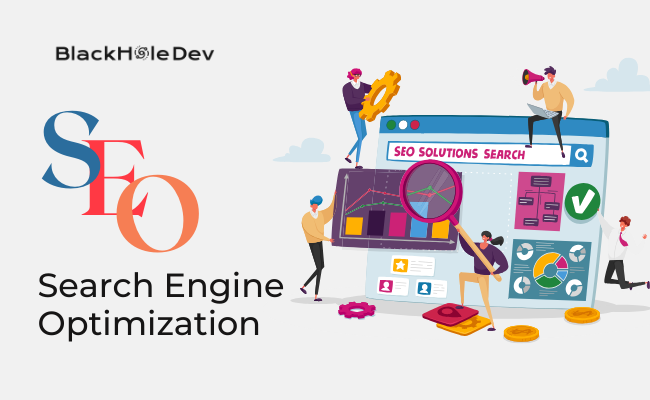Introduction
Building modern apps and websites involves adhering to architectural principles, and Representational State Transfer (REST) has long been a standard choice. However, with the advancements in technology, new solutions such as event-driven APIs, GraphQL, and gRPC are becoming popular due to their improved functionalities and capabilities. In this piece, we will analyze the reasons for the increasing use of REST API alternatives and take a closer look at top protocols that are transforming application development.
What Is Rest API?
Representational State Transfer (REST) API is a collection of architectural guidelines to build and communicate with web services. It standardizes a way in which various software systems can communicate over the Internet. Below, we explore the best restful API alternative among all the options.
Reasons Why Rest API Alternatives Are Gaining Popularity
- Increasing Complexity: As APIs grow, REST can become harder to manage and modify.
- Performance Concerns: REST may not be the best choice for real-time or low-latency applications.
- Adapting to Data Changes: Adjusting REST for new use cases can lead to versioning and complexity challenges.
- Tailored Use Case Solutions: Certain protocols are better suited for specific needs, like real-time data streaming or IoT devices.
- Developer Preferences: Developers may opt for an alternative to REST API based on familiarity or specific features they offer.
Top Rest APIs Alternatives:
1. GraphQL:
GraphQL is developed by Facebook. It is a query language and runtime that acts as a flexible alternative to traditional REST APIs.
Key Features of GraphQL:
1. Single Request for Multiple Resources: Reduces over-fetching or under-fetching of data by letting clients request specific data in a single query.
2. Strongly Typed Schema: Provides a clear guide for developers through a structured schema, ensuring consistency in data access.
3. Real-time Data with Subscriptions: Facilitates real-time updates through a subscription model, allowing clients to receive instant and automatic updates.
Reasons To Use GraphQL Than REST API?
1. Efficient Data Retrieval: Customers will be able to request just the information that they need, not retrieving unnecessary data.
2. Reduced Number of Requests: Requiring all required data in a single request reduces the number of network requests.
3. Versioning and Evolution: Allows for the backward-compatible changes of the API schema, which makes it possible to evolve without breaking existing clients.
2. gRPC:
It is a framework developed by Google. The framework is to build efficient and high-performance remote procedures called APIs.
Key Features of gRPC:
1. Protocol Buffers (Protobuf): Uses Protobuf, a concise and efficient binary serialization interface definition language.
2. Bidirectional Streaming: It enables continuous bidirectional streaming of messages from customer to server and vice versa.
3. Code Generation: Creates client and server code in several languages based on the defined service contract that reduces boilerplate code.
How Is gRPC Better Than REST API?
1. Efficiency with Binary Protobuf: It uses binary serialization format so that the payload sizes are small and the data is transmitted faster.
2. Multiplexing: It allows many requests and responses to be multiplexed over one connection, which minimizes latency.
3. Strong Typing and Code Generation: Clear guidelines for data structure rules are provided reducing the chances of errors during runtime.
3. WebSockets:
WebSockets is an actual communication protocol. It allows data exchange in both directions between clients and servers. It maintains a persistent connection as a REST API alternatives.
Main Features:
1. Bidirectional Communication: Enables simultaneous data exchange between the client and server.
2. Low Latency: Supports low-latency communication through persistent connections.
3. Real-time Updates: Perfect for real-time communication applications such as chat and games online.
Reasons To Use WebSockets Than REST API?
1. Real-time Interaction: Excels in real-time scenarios, providing instant communication and updates.
2. Reduced Overhead: Lower overhead compared to REST for repeatedly opening and closing connections.
3. Bi-Directional Communication: Supports two-way communication so that clients can communicate with servers to send messages at all times.
4. MQTT:
It stands for Message queuing telemetry transport. It is a weightless messaging protocol used for communication. This is particularly in resource-constrained environments and IoT.
Main Features:
1. Publish-Subscribe Model: It follows a publish-subscribe model whereby devices publish and subscribe to messages.
2. Quality of Service Levels: Supports various levels of Quality of Service QoS for message delivery.
3. Low Bandwidth Usage: It is lightweight and efficient, with low bandwidth capacity.
How Is MQTT Better Than REST API?
1. Asynchronous Communication: Supports asynchronous communication through its publish-subscribe model.
2. Reduced Network Overhead: Lightweight messages result in reduced network overhead compared to REST.
3. Persistent Connections: It allows persistent connections, so the need for establishing connections is less frequent.
5. Event Driven Architecture (EDA):
EDA focuses on responding to events instead of following predefined processes. The EDA promotes loose coupling and scalability.
Key Features of EDA:
1. Decoupling of Components: Promotes decoupling of system components for enhanced flexibility.
2. Scalability: Allows components to react independently to events, facilitating scalability.
3. Event Processing: Real-time event processing allows for rapid responses to changes.
How Is EDA Better Than REST API?
1. Loose Coupling: Supports loose coupling between different components, reducing dependencies.
2. Real-time Responsiveness: Real-time responses are suitable for situations that demand quick reactions to events.
3. Scalability and Resilience: It improves scalability and resilience through the ability to treat events independently by components.
6. FALCOR
FALCOR is developed by Netflix. It is a data platform and JavaScript library that addresses challenges in data retrieval for web apps.
Key Features of FALCOR:
1. Virtual JSON Graph: This represents data as a virtual JSON graph, allowing clients to request specific parts.
2. Efficient Batched Requests: Allows for direct, efficient batched requests that decrease the number of round-trips.
3. Caching and Optimizations: It comes with built-in caching support and optimizations for fast data retrieval.
How Is FALCOR Better Than REST API?
1. Efficient Data Fetching: It enables clients to fetch only the data they require minimizing over-fetching.
2. Reduced Round-Trips: Fetching several pieces of data in one call is defined as batched requests, which cuts the number of round-trips.
3. Optimized for SPAs: Perfect for Single-Page Applications (SPAs) that fetch data efficiently.
7. Serverless Functions
Serverless functions in other words are called Functions as a Service. It represents a cloud computing model where developers can write and run individual functions. This can be done without managing underlying servers.
Main Features of Serverless Functions:
1. Event-Driven Execution: Triggered by events such as HTTP requests or scheduled events.
2. Automatic Scaling: Scales function automatically based on demand for efficient resource utilization.
3. Pay-per-use pricing: Follows a pay-per-use pricing model based on actual computational resources consumed.
In What Ways Does Serverless Functions Work Better Than REST API?
1. Auto-Scaling: Functions automatically scale based on demand, ensuring efficient resource allocation.
2. Cost Efficiency: Pay-per-use pricing leads to cost savings compared to maintaining and scaling dedicated servers.
3. Simplified Deployment and Management: Abstracts away infrastructure management, simplifying deployment and operation.
Also Read: Securing Tomorrow: The Power of Dynamic Pen Testing in Cybersecurity
Final Remarks:
Whether it’s the efficiency of GraphQL, the speed of gRPC, the real-time capabilities of WebSockets, the lightweight nature of MQTT, the flexibility of Event-Driven Architecture, the data retrieval approach of FALCOR, or the serverless advantages, every solution has its pros and cons.
These are all alternatives to Restful API that you can utilize as you see fit. Go through each one of the RESTful alternatives to find the one that works for you.





